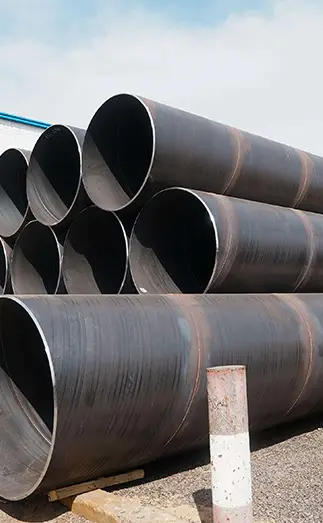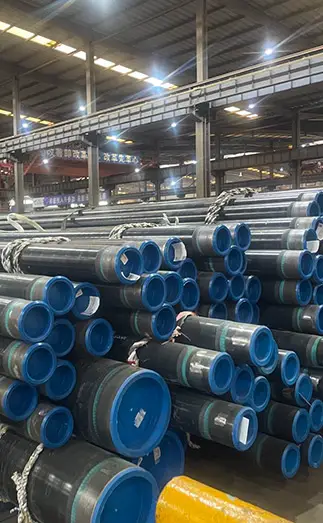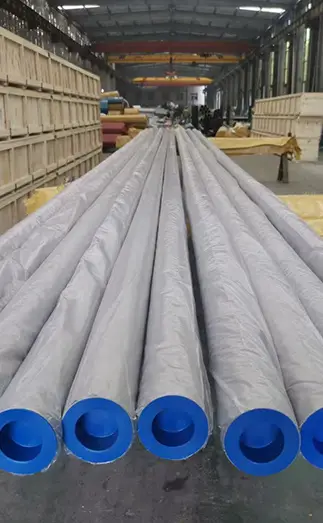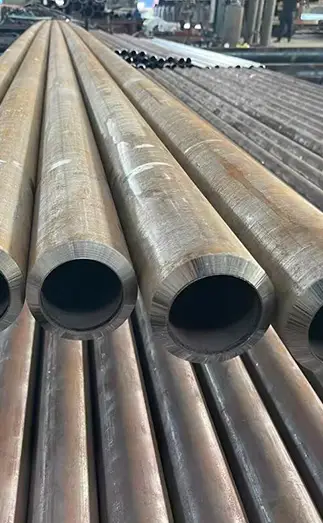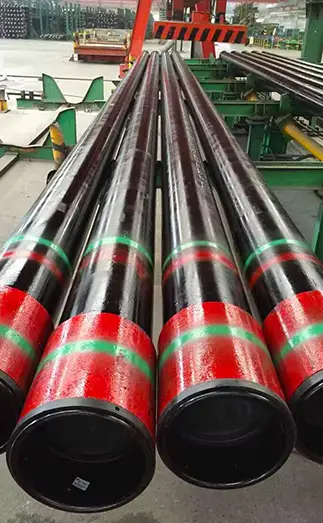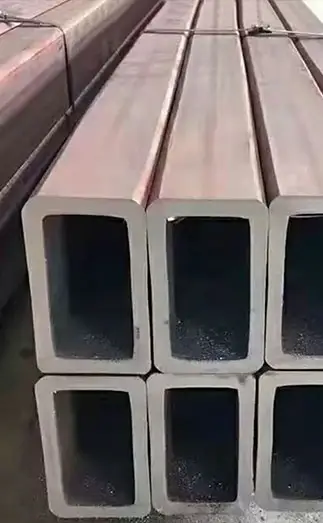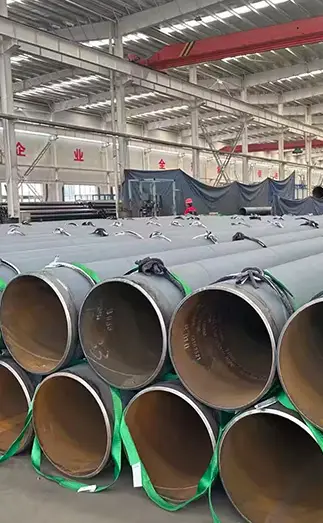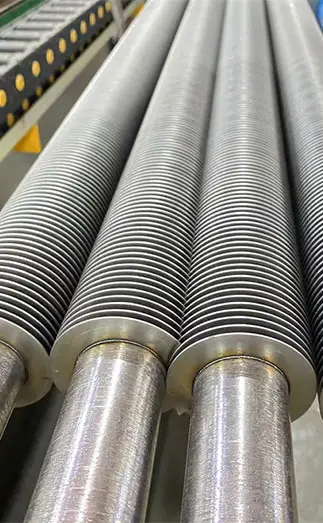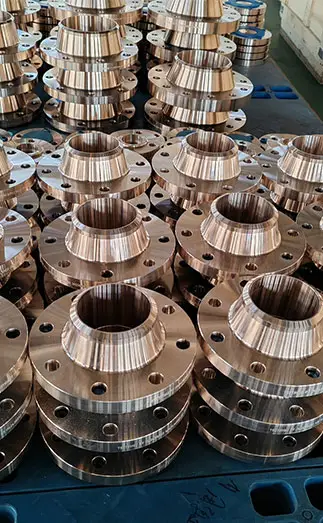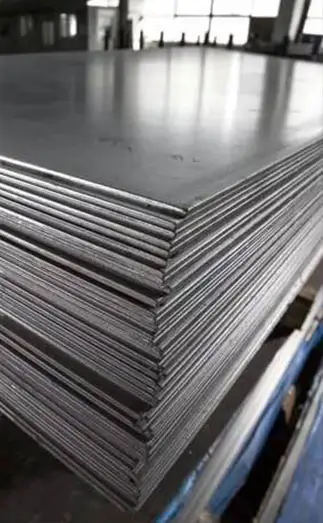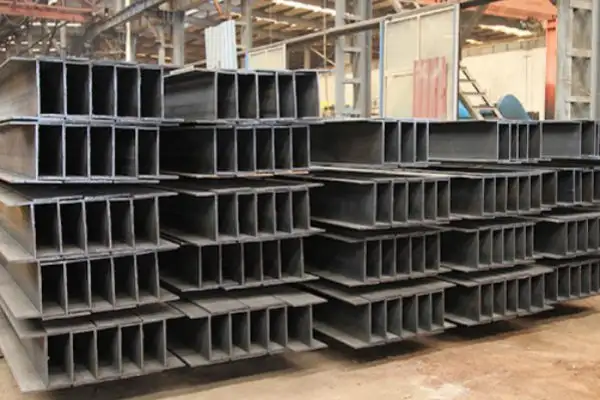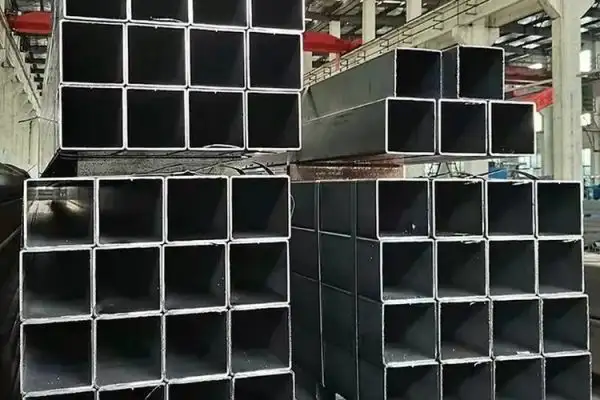When discussing H-shaped steel plates, it is essential to understand their specifications, materials, manufacturing process, tolerance standards, and typical applications. A comprehensive grasp of these aspects helps engineers and procurement specialists make informed decisions when selecting structural steel components.
1. Definition and Overview
H-shaped steel plates are structural steel sections whose cross-section resembles the letter “H.” Each section consists of two wide, flat flanges connected by a vertical web, forming a shape that provides excellent load-bearing capacity and strong bending resistance.
Typically produced by hot rolling or welding, H-shaped steel is characterized by wide flanges and a relatively thin web, enabling superior strength-to-weight performance. This geometry offers high efficiency in large-span structures and heavy-load applications.
In China, these profiles are regulated under standards such as GB/T 11263-2017 for hot-rolled H-shaped steel and split T-shaped steel.
2. Specification Parameters
Key parameters defining H-shaped steel plates include:
Height (H): Distance from the top to bottom flange; typically ranges from 100 mm to 900 mm.
Flange Width (B): Width of each flange, usually 50 mm to 400 mm.
Web Thickness (t₁): Vertical web thickness, commonly 6 mm to 45 mm.
Flange Thickness (t₂): Flange plate thickness, generally 8 mm to 64 mm.
Length: Standard lengths include 6 m, 9 m, and 12 m, with customized options available.
Applicable Standards: ASTM A36, ASTM A572, EN 10025-2, JIS G3192, and GB/T 11263.
Dimensional tolerances vary slightly by standard. For instance, under GB/T 11263-2010 and ASTM A6/A6M-24, the flange and web tolerance for H-beams up to 200 mm in height is typically ±1.5 mm, with proportionally larger tolerances for bigger sections.
Common H-beam sizes include:
H100×100×6×8, H125×125×8×10, H150×150×10×12, H200×200×14×16, H300×300×22×24, H400×400×30×32, H450×450×34×36, etc.
3. Materials and Mechanical Properties
The chemical composition and mechanical performance of H-shaped steel are critical for determining structural suitability. Commonly used materials include:
Chinese Grades: Q235B, Q345B
European Grades: S235JR, S355JR
American Grades: ASTM A36, ASTM A992
Japanese Grade: SS400
For example, an A36 W24×131 profile (American designation) features a height of 622 mm, flange width of 328 mm, flange thickness of 24.4 mm, and web thickness of 15.4 mm, with a tensile strength ≥560 MPa and yield strength ≥460 MPa.
When selecting a material grade, key mechanical properties to consider include:
Yield strength
Tensile strength
Elongation
Impact toughness
These values must meet the specific design and safety requirements of the intended project.
4. Classification of H-Shaped Steel
H-shaped steel can be categorized according to several criteria:
By Flange Width:
Wide flange: B≥HB ≥ HB≥H
Medium flange: intermediate proportion
Narrow flange: B≈0.5HB ≈ 0.5HB≈0.5H
By Application:
Beams, columns, piles, and extra-thick flange beams
Narrow flange types are commonly used as beams, while wide flange types are used as columns.
By Production Method:
Hot-rolled H-shaped steel
Welded H-shaped steel
By Size:
Large: H ≥ 700 mm
Medium: 300 mm ≤ H < 700 mm
Small: H < 300 mm
Some large-scale sections can reach web heights of 1200 mm and flange widths of 530 mm, demonstrating the adaptability of H-shaped steel for large, heavy-duty structures.
5. Applications
Due to their high structural efficiency, excellent strength-to-weight ratio, and versatility, H-shaped steel plates are widely used in:
High-rise buildings and bridges
Industrial plants and warehouses
Shipbuilding and offshore platforms
Cranes, frames, and support structures



 English
English Español
Español Français
Français بالعربية
بالعربية